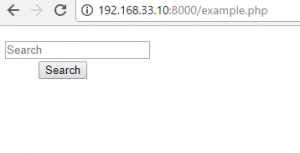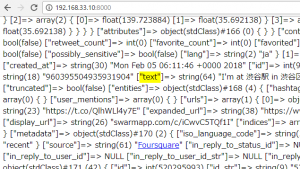inlineでやりたいところですが、複数のHTMLファイルに対して共通のCSSを適用するため、外部にフォルダを作成し、そこに入れて読み込むことが一般的かと思います。
<link rel="stylesheet" type="text/css" href="asset/css/styles.css" />
多数の人間が制作に関わった場合などは、パーツによって、このclassはxxx.cssファイル、このidはyyy.cssファイルを読み込む、など、1つのページでも複数のcssファイルを読み込むことがあります。
問題は、大規模サイトで、CSSファイルを5~6個位読み込んでいて、後からチームにジョインした人が改修しようとした際に、それぞれ書き方も別々の為、なにがなんだかわからなくなる、ということがあります。
そこで、コーディングガイドラインを作成しようとなります。
では、Googleのコーディングガイドラインをみてみましょう。
– Not reccomended
<!DOCTYPE html> <title>HTML sucks</title> <link rel="stylesheet" href="base.css" media="screen"> <link rel="stylesheet" href="grid.css" media="screen"> <link rel="stylesheet" href="print.css" media="print"> <h1 style="font-size: 1em;">HTML sucks</h1> <p>I’ve read about this on a few sites but now I’m sure: <u>HTML is stupid!!1</u> <center>I can’t believe there’s no way to control the styling of my website without doing everything all over again!</center>
-recommended
<!-- Recommended --> <!DOCTYPE html> <title>My first CSS-only redesign</title> <link rel="stylesheet" href="default.css"> <h1>My first CSS-only redesign</h1> <p>I’ve read about this on a few sites but today I’m actually doing it: separating concerns and avoiding anything in the HTML of my website that is presentational. <p>It’s awesome!
外部ファイルは一つにして、そこから読み込むことが推奨されています。その他も参考になります。
https://google.github.io/styleguide/htmlcssguide.html#CSS_Style_Rules




